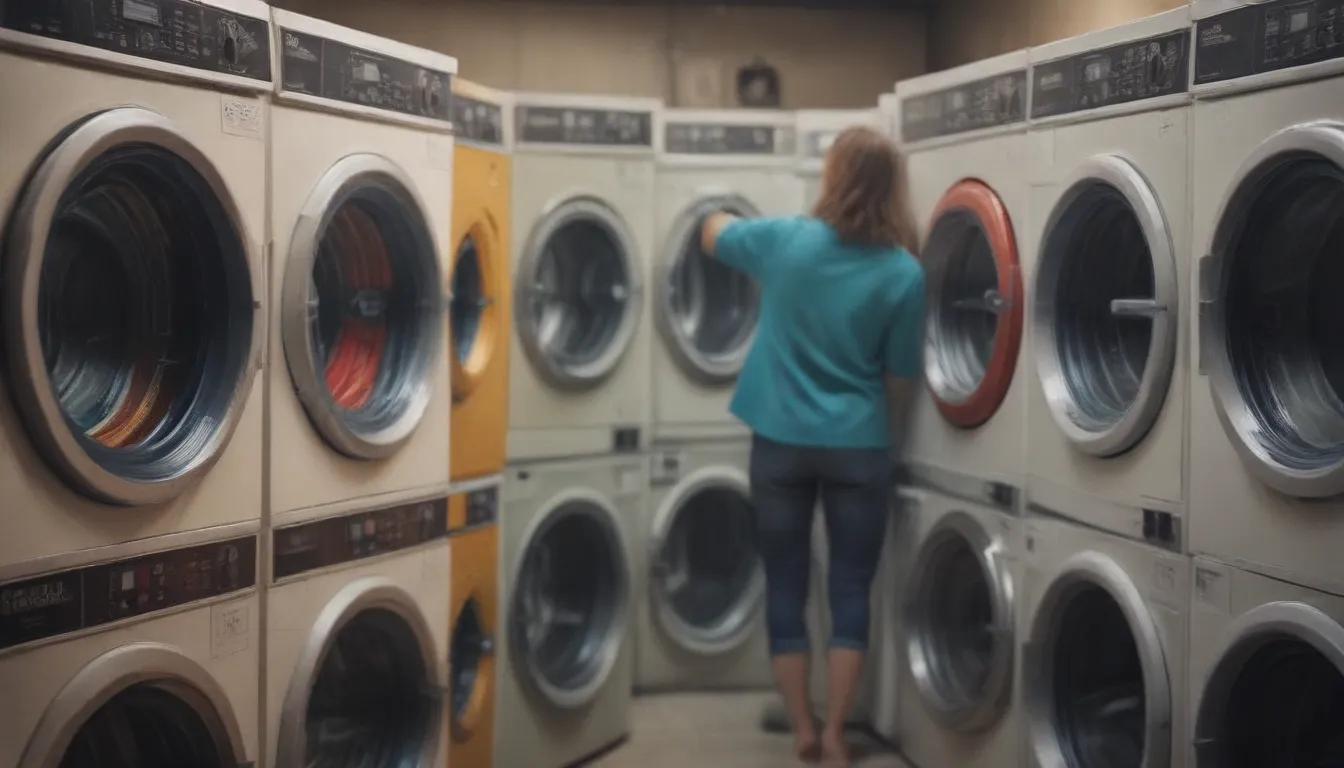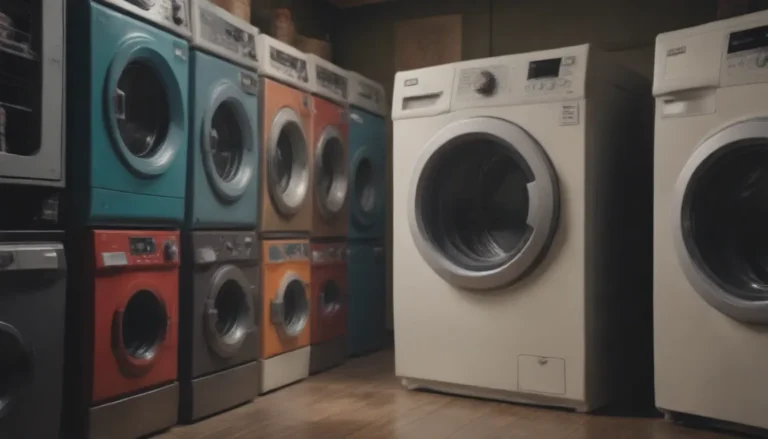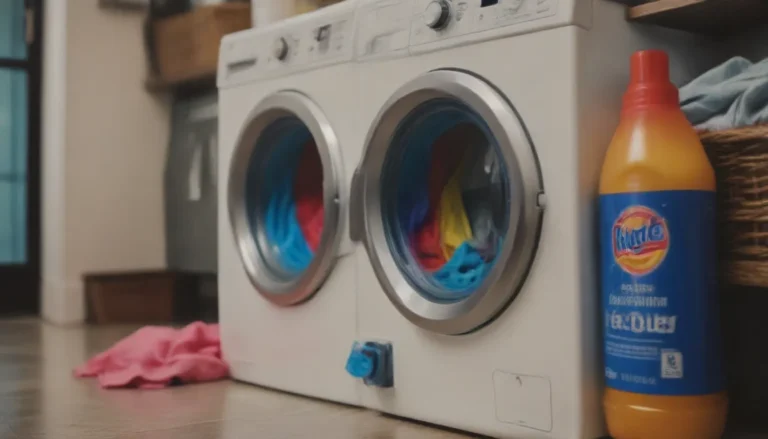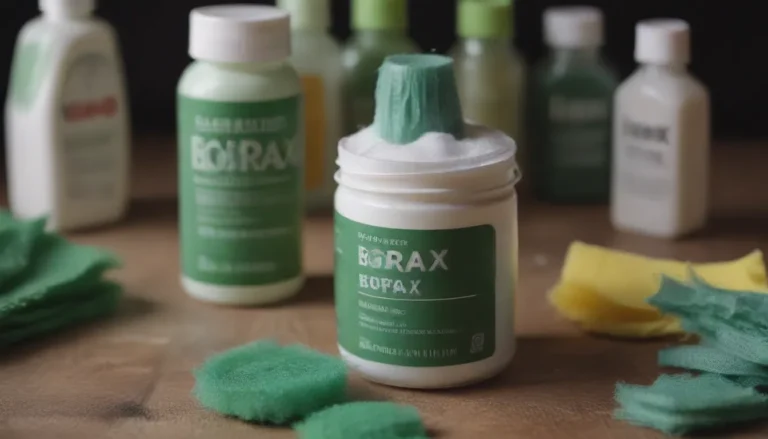The Ultimate Guide to Choosing the Best Washing Machine Temperature for Laundry

Are you tired of guessing the right water temperature for your laundry? Gone are the days when hot water was the go-to choice for clean clothes. With advancements in technology, laundry detergents, and fabrics, we now have the power to select the perfect water temperature to ensure our clothes look cleaner and last longer. Let’s dive into the world of washing machine temperatures and learn how to make the best choice for your laundry needs.
Understanding the Importance of Water Temperature
Selecting the correct water temperature is crucial for achieving optimal cleaning results while preserving the quality of your clothes. Choosing the right temperature can help you save on utility costs, prevent color fading, and ensure your clothes are free from odors and bacteria. Let’s explore the factors to consider when determining the best water temperature for your laundry.
Factors to Consider When Selecting Water Temperature
- Fabric type: Different fabrics require specific water temperatures to prevent damage and shrinkage.
- Soil level: Heavily soiled clothes may require a higher water temperature for thorough cleaning.
- Colorfastness: Choosing the wrong water temperature can lead to color bleeding and fading.
How to Choose the Best Water Temperature for Laundry
When it comes to selecting the best water temperature for your laundry, consider the following tips to achieve optimal results:
Read Garment Care Labels
Before starting a load of laundry, take the time to read the care labels on your clothing items. These labels provide valuable information on the recommended water temperature and washing cycle for each garment.
Sort Dirty Laundry
To ensure effective cleaning and prevent color transfer, sort your dirty laundry by color, fabric weight, and recommended water temperature. Washing similar fabrics together can help maintain the quality of your clothes.
Opt for Cold Water First
When in doubt, choose cold water for washing your clothes. Cold water is gentle on fabrics, reducing the risk of shrinkage and color fading. If stains persist, you can always switch to warm or hot water for better cleaning results.
Set the Rinse Cycle Temperature
For all wash cycles and fabric types, opt for a cold water rinse. Cold water is equally effective at rinsing away detergents and suspended soil, while saving energy by avoiding the need to heat water for rinsing.
Water Temperature Guide for Laundry
Let’s explore the benefits and considerations of using hot, warm, and cold water for laundry:
When to Use Hot Water for Laundry
- Benefits: Hot water is ideal for sanitizing heavily soiled items and killing bacteria.
- Considerations: Using hot water may cause color fading and shrinkage in delicate fabrics.
When to Use Warm Water for Laundry
- Benefits: Warm water is effective at removing stains and cleaning moderately soiled clothes.
- Considerations: Some fabrics may still be prone to color fading with warm water.
When to Use Cold Water for Laundry
- Benefits: Cold water is gentle on most fabrics and helps preserve color vibrancy.
- Considerations: Cold water may not be as effective at removing tough stains and heavy soil.
Understanding Washer Water Temperatures
In most washing machines, the water temperatures are as follows:
- Hot water setting: 130 degrees Fahrenheit (54.4 Celsius) or above
- Warm water setting: 110-90 degrees Fahrenheit (43.3-32.2 degrees Celsius)
- Cold water setting: 80-60 degrees Fahrenheit (26.7-15 degrees Celsius)
It’s important to check your washer manual and home water heater settings to ensure the accuracy of these temperatures. Additionally, during colder months, outdoor temperatures can impact the effectiveness of cold water washing.
By understanding the differences in washer water temperatures and following these guidelines, you can make informed decisions to ensure your clothes are clean, fresh, and well-maintained. Choose the right water temperature for your laundry needs and enjoy the benefits of cleaner, longer-lasting clothes.





